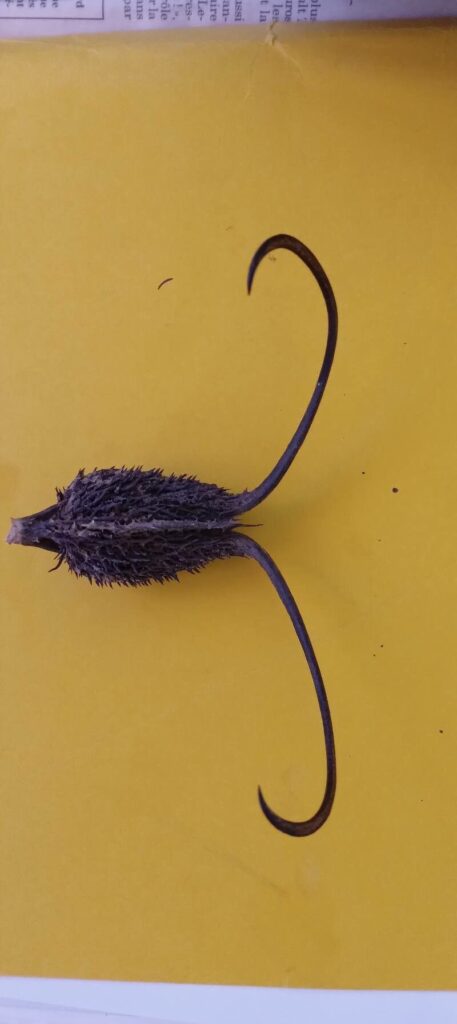Taming the Devil’s Claw: A Guide to Growing Ibicella lutea From Seed
The Ibicella lutea, more affectionately known as the Devil’s claw or Unicorn plant, is a captivating species that sparks curiosity with its unique seed pods and almost prehistoric appearance. While its bizarre, claw-like seed pods might seem intimidating, propagating this fascinating plant at home is surprisingly achievable.
This guide will demystify the process of growing Ibicella lutea from seed, allowing even novice gardeners to invite a touch of the unusual into their gardens.
Understanding the Devil’s Claw Lifecycle:
Ibicella lutea is an annual plant, meaning it completes its lifecycle from seed to seed within a single growing season. It’s native to arid regions of South America, so understanding its preference for warmth and well-drained soil is key to successful propagation.
Sourcing Your Seeds:
- Seed Saving: If you’re lucky enough to know someone already growing Ibicella lutea, the mature seed pods are treasure troves. Harvest the pods when they’re dry and brown, and carefully extract the seeds. Be warned, the pods themselves are incredibly tough!
- Online Retailers: Numerous online retailers specialize in unusual and exotic seeds, offering Ibicella lutea seeds for purchase.
Sowing Your Seeds:
-
Timing is Everything: Start your seeds indoors 6-8 weeks before the last expected frost in your region. This gives the seedlings a head start.
-
Preparing the Seed Starting Mix: Ibicella lutea thrives in loose, well-drained soil. A seed-starting mix formulated for cacti and succulents is an excellent choice.
-
Sowing the Seeds: Plant the seeds about ¼-inch deep in the moist seed starting mix.
-
Providing Warmth: Use a seedling heat mat or place the seed trays in a warm location (70-75°F or 21-24°C) to promote germination.
- Patience is Key: Germination can take anywhere from 2 to 4 weeks. Be patient and ensure the seed starting mix remains consistently moist but not waterlogged.
Transplanting Seedlings:
-
Hardening Off: Once the seedlings have developed several sets of true leaves and all danger of frost has passed, it’s time to acclimate them to outdoor conditions. Gradually introduce them to direct sunlight and wind over a week or two.
-
Choosing the Right Location: Select a sunny spot in your garden with well-drained soil. Ibicella lutea is drought-tolerant once established and doesn’t appreciate overly wet feet.
- Transplanting with Care: Handle the seedlings gently to avoid disturbing the roots. Plant them at the same depth they were growing in their seed starting containers.
Caring for Your Ibicella Lutea:
-
Watering: Water deeply but infrequently, allowing the soil to dry out between waterings. Overwatering can lead to root rot.
-
Fertilizing: While not heavy feeders, Ibicella lutea plants benefit from a dose of balanced, diluted fertilizer every few weeks during the growing season.
- Supporting Growth: Mature Ibicella lutea plants can grow quite tall (upwards of 3 feet). Staking may be necessary to prevent them from flopping over, especially in windy conditions.
Enjoying the Spectacle:
As your Ibicella lutea plants thrive, you’ll be treated to a fascinating display. The large, velvety leaves and intriguing yellow flowers are a sight to behold. But it’s the seed pods that truly steal the show, transforming from green, horned capsules into hard, woody claws that lend the plant its memorable name.
Cultivating Ibicella lutea is a rewarding experience for gardeners seeking something out of the ordinary. By following these propagation tips, you can successfully grow these unusual plants and marvel at their bizarre beauty firsthand.
